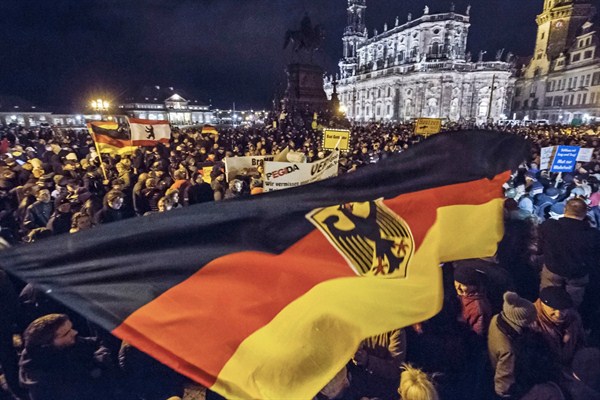Since the reunification of Germany in 1990, the government has kept yearly records of the state of national unity, issuing a report every September that takes stock of economic, social and institutional progress east of the Elbe River. In its 2016 report, the focus was more on socio-political, rather than economic, developments in the region.
“We have achieved a lot in eastern Germany in the last 26 years,” said government spokesperson Iris Gleicke in Berlin last September as she presented the findings of the annual report. But, she added, “we are very concerned about the right-wing extremism, xenophobia and intolerance in the new Lander”—the five federal states that made up the former German Democratic Republic (GDR), or East Germany.
Since last year, violent incidents at the hands of right-wing extremists have been dramatically rising in the east and are particularly concerning in the landlocked state of Saxony, near Germany’s borders with Poland and the Czech Republic. In Dresden and smaller towns across the state, anti-immigrant groups have been gathering several times a week to carry out activities that include marches, armed patrolling and arson attacks on shelters and hostels for immigrants.

